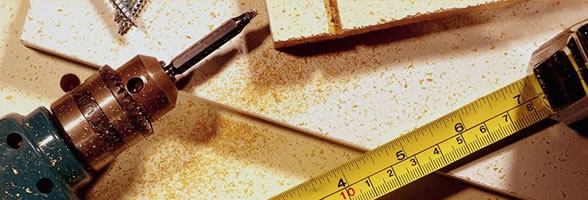Article archive
11/06/2016 08:49
Name of ethnic group: Pu Peo (Ka Beo, Penti, and Lo Lo). Population: 705 people (Year 1999). Locality: Concentrated along the Sino-Vietnamese border in Dong Van, Yen Minh, and Meo Vac districts of Ha Giang Province.
Customs and habits
Houses are usually built on the ground in tiny clusters be side a Hoa or H'Mong village. Each family lineage has its own system of middle names. Pu Peo society follows a patriarchal system, as the father or husband has the right to own the house. The Pu Peo attach great importance to ancestral worship. Small earthen jars, each symbolizing a generation, are often placed on their altar.
Culture
The Pu Peo language resembles that of the Co Lao, La Chi and La Ha, and belongs to the Kadai Group. The Pu Peo hold ceremonies to pray for peace and the beginning of the new working season. This particular ceremony is held during the New Year in the first half of the first lunar month, and continues to the fifth day of the fifth lunar month. The Pu Peo are...
—————
11/06/2016 08:49
Name of ethnic group: Ra Glai (Ra Glay, Krai, Orang Glai, No-Ana, and La Vang). Population: 96,931 people (Year 1999). Locality: Mainly in the southern regions of Khanh Hoa and Ninh Thuan provinces.
Customs and habits
The Ra Glai believe there is a spiritual world known as "Giang" that includes good and evil forces. They traditionally live in stilted houses. The pa-lay is headed by a po pa-lay (a village chief who is generally the first landowner). Matriarchy remains in existence in Ra Glai society, as the children take the family name of their mother. If a young woman wants to marry a young man, she will first ask her parents if they can prepare the wedding ceremony. During the marriage process, the bride's younger brother has a fairly important say in the decision making.
Culture
The Ra Glai language belongs to the Malayo-Polynesian Group. After the harvest season, all villagers gather to pay thanks to Giang and to enjoy the new rice harvest.
Economy
Formerly the...
—————
11/06/2016 08:48
Name of ethnic group: Ro Mam. Population: 301 people (Year 1999). Locality: The Ro Mam live in Le Village, Mo Rai Commune, Sa Thay District of Kon Tum Province.
Customs and habits
The village of the Ro Mam is called a "de". It is headed by an old chief. Each family is comprised of 10-20 people of various generations who have blood ties and who live under the same roof. Each nuclear family forms its own economic unit. The Ro Mam's matrimonial rites are performed in two steps, the engagement phase and wedding phase. Several days after the wedding, a young couple may divorce. However, once they have lived together for a long time they are not allowed to divorce. When a person dies, their body is placed in the cemetery. The cemetery is always located at the west end of the village.
Culture
The Ro Mam language belongs to the Mon-Khmer Group Rituals and ceremonies are usually held during the production cycle from the start of the slashing of the field until the land is set on fire,...
—————

